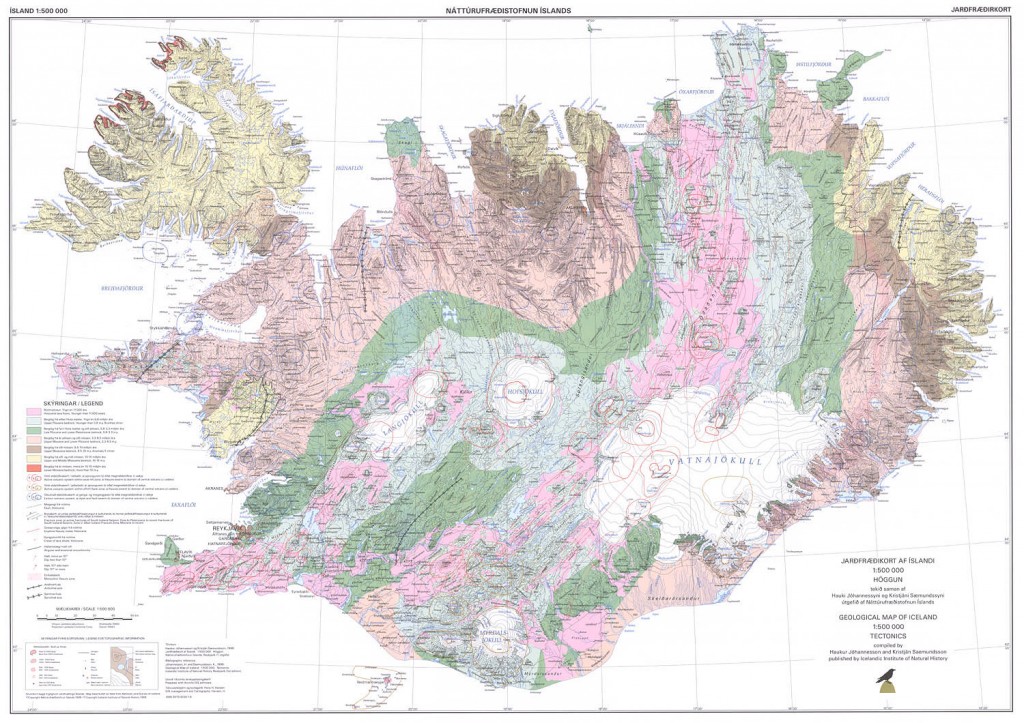Iceland has many surprising things. Among those surprises is a volcano named Snæfell. I did mention it shortly yesterday. Now it is time for the long version of what this volcano is about. Snæfell volcano is a tall mountain, but it is 1883 meters above sea level. That makes it the highest mountain in Iceland outside of Vatnajökull glacier. Snæfell volcano has a small glaciers (more then one) on is top.
Snæfell volcano is the newest addition to Icelandic volcanoes. Little is currently known about Snæfell as a volcano. But it is now known that it has not erupted for at least 100.000 to 120.000 years. But it is debated among scientists if any eruptions have taken place after last ice-age. But that is around 12.000 years ago. The basic volcano system of Snæfell is in the direction of NNE, with eruption features going along those lines.
Origins of Snæfell volcano can be traced to several lava eruptions that started at least about 400.000 years ago. On top of that eruption even Snæfell volcano has been built by repeated eruptions in this area. Snæfell volcano belongs to the same volcano zone as Öræfajökull volcano and Esjufjöll volcano. In order with other volcanoes on this active volcano zone. It has little to no activity as I have
I do not know of any hydro-thermal areas close to Snæfell volcano. But that is not a surprise. Given how long it is since magma was on the move in this volcano. All the time that I have been watching for earthquakes in Iceland (well over 10 years now). I have never seen any earthquake activity in Snæfell volcano during that period.
South-east of Snæfell volcano is a extinct volcano. It has been weathered down by nature. I do not know how old it is. But that suggests that volcano activity in this area is not something new. Closest SIL station to Snæfell volcano is Vestari Sauðarhnjúkur.

Volcano and fault-line map of Iceland. Snæfell volcano can be seen on this map. Copyright of this picture belongs to Náttúrufræðistofnun Íslands. This picture is from this web site here.
Reference:
Eldvirkni Snæfells og Kárahnjúka tímasett (Morgunblaðið, 2005)
Snæfell og Nágrenni (OS.is, 2000)
Blog post updated at 22:43 CEST on 8 May 2012.
